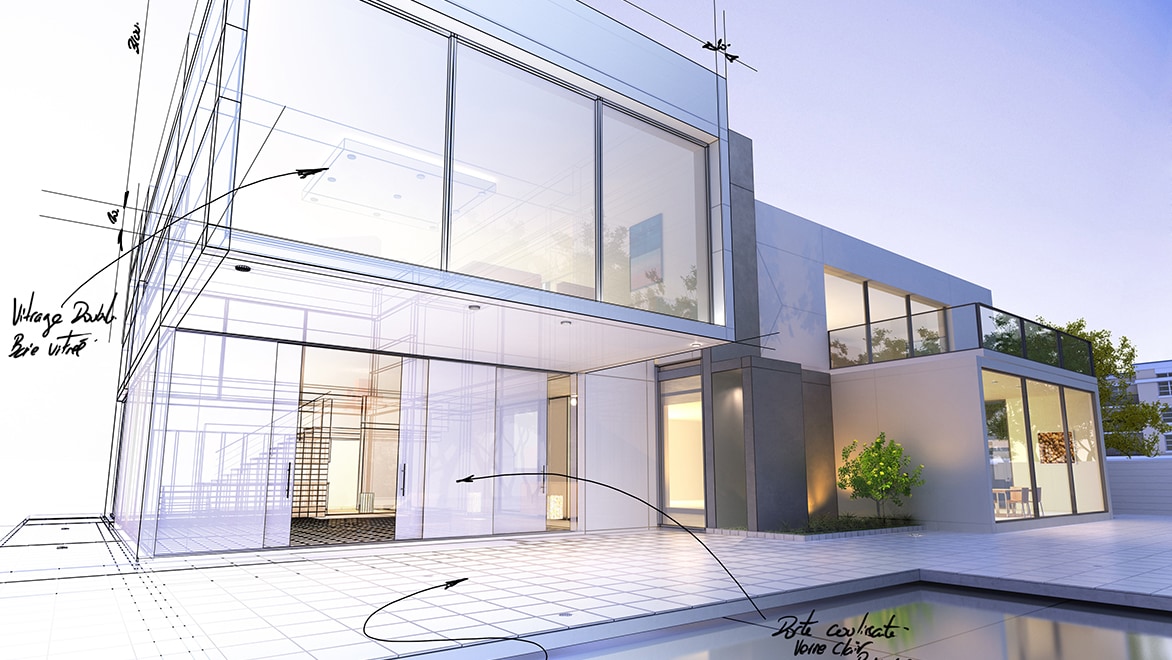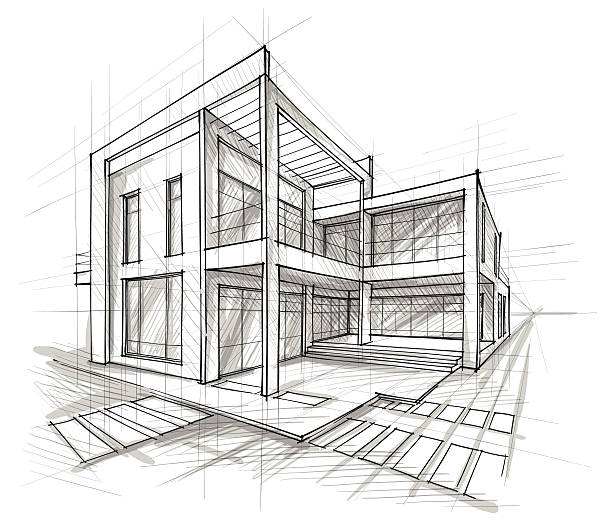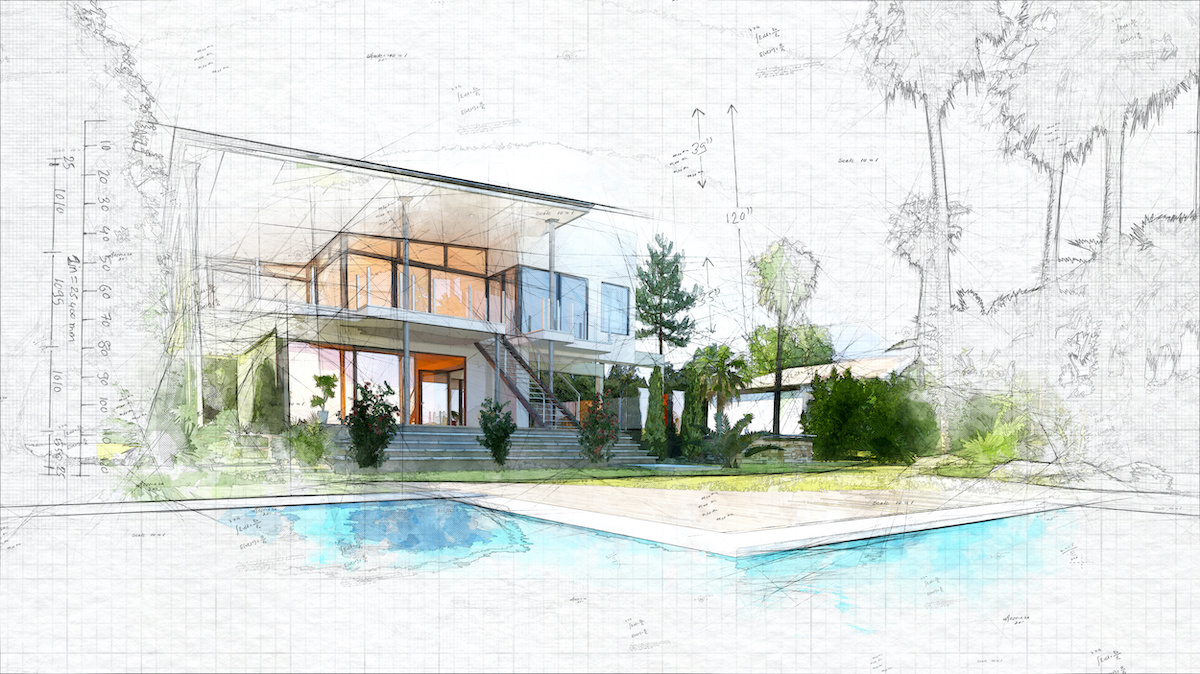Boost Your Building Layout with the Proficiency of CDA Architects
Boost Your Building Layout with the Proficiency of CDA Architects
Blog Article
A Detailed Overview of Architectural Designs and Their Impact on Modern City Preparation and Advancement
Architectural styles have actually long served as a mirror to the social worths and technological advancements of their time, playing a critical function in shaping modern city planning and advancement. From the magnificence of Neoclassicism to the practical strategy of Brutalism, each style has presented distinct ideas that influence metropolitan visual appeals and functionality.
Historical Review of Architectural Designs

As cultures transitioned via the Center Ages, Gothic design emerged, defined by its verticality and detailed outlining, matching the spiritual goals of the period. The Renaissance noted a revival of classical suitables, merging art and architecture in cutting-edge manner ins which affected subsequent designs throughout Europe.

Today, architectural styles proceed to advance, driven by globalization and sustainability worries, reflecting a vibrant interplay in between heritage and innovation. This historic review highlights the importance of design as a mirror of societal development and as a catalyst for urban development.
Key Architectural Styles Explained
The variety of building designs shows the myriad impacts that shape our built setting, each embodying distinct characteristics and cultural relevances. Key building designs include Classical, Gothic, Baroque, Modernism, and Postmodernism, each standing for special historical contexts and visual viewpoints.
Classic design, rooted in ancient Greece and Rome, stresses symmetry, percentage, and making use of columns (cda architects). On the other hand, Gothic design, prospering in the Center Ages, is characterized by sharp arcs, ribbed vaults, and flying buttresses, creating an aerial quality in cathedrals. Baroque style, emerging in the 17th century, is noted by grandeur, intricate embellishment, and a dynamic interplay of light and shadow
Modernism, which acquired energy in the very early 20th century, prioritizes feature over type, making use of new materials like steel and glass to produce minimal structures. Postmodernism, reacting against the austerity of Innovation, embraces eclecticism and historic reference, commonly integrating spirited aspects and paradox.

Effect On Urban Planning
In shaping the development of cities, building designs dramatically affect metropolitan preparation choices. The option of building style typically determines the visual appeals, functionality, and total character of urban atmospheres.
Furthermore, building designs can influence zoning regulations and land make use of policies. Urban coordinators should think about the prevailing architectural fads when creating districts, ensuring that new advancements balance with existing structures. This factor to consider cultivates cohesive metropolitan landscapes and boosts neighborhood identification.
The implementation of specific architectural styles can likewise influence socioeconomic elements within a city. High-end contemporary designs might draw in affluent homeowners and organizations, leading to gentrification, while extra economical real estate services may focus on functional and sustainable layouts to suit diverse populations. cda architects. Eventually, the interaction between building styles and metropolitan preparation creates vibrant cities that mirror both historic context and modern demands, forming the lived experiences of their occupants
Sustainability and Modern Architecture
Architectural designs play a crucial function in addressing contemporary obstacles, specifically in the realm of sustainability. As city locations read this post here increase and environmental problems heighten, contemporary architecture increasingly embraces sustainable style concepts that focus on power effectiveness, resource conservation, and marginal environmental effect.
Contemporary architectural activities, such as biophilic layout and eco-friendly architecture, supporter for frameworks that harmonize with their surroundings, utilizing natural products and advertising biodiversity. These styles usually include sustainable power resources, such as photovoltaic panels and wind turbines, to decrease dependence on nonrenewable fuel sources and lower carbon footprints.
In addition, the assimilation of sophisticated innovations, click this link such as smart building systems, boosts power administration, optimizing resource use while guaranteeing resident convenience. Ingenious water management approaches, consisting of rain harvesting and greywater recycling, additional add to lasting urban environments.
Notably, sustainability extends beyond environmental problems; it incorporates social and financial measurements too. By promoting area well-being and advertising inclusivity, modern-day building styles line up with lasting development goals. Consequently, the evolution of building techniques proceeds to form durable cities that not only satisfy the needs of the here and now yet likewise guard the future for generations to come.
Community Involvement in Design
Neighborhood engagement in layout functions as a vital bridge between architects and the populaces they serve, making sure that the constructed setting reflects the needs and goals of its users. This collective process invites area members to contribute their understandings and choices, fostering a sense of ownership and obligation towards the rooms they inhabit.
Effective area engagement employs different techniques, such as workshops, studies, and public discussion forums, to gather diverse viewpoints. These techniques assist in a two-way discussion, enabling designers to recognize neighborhood contexts while encouraging residents to articulate their worries and needs. This inclusivity not only enhances the layout quality yet additionally promotes social equity by attending to the unique challenges encountered by marginalized groups.
In addition, neighborhood interaction can bring about ingenious solutions that could not arise in a standard design procedure. By integrating regional knowledge and cultural worths, architects can develop areas that reverberate even more deeply with individuals, enhancing functionality and sustainability. Ultimately, focusing on community engagement in style procedures leads to atmospheres that nurture social interactions, assistance health, and enhance community ties, consequently playing a critical duty in shaping modern-day metropolitan landscapes.
Final Thought
Architectural styles have greatly affected contemporary city her explanation planning and growth, reflecting advancing social and technical contexts. As cities continue to grow and adjust, the ongoing dialogue in between architectural heritage and modern layout concepts will certainly stay crucial in creating inclusive, lively spaces that boost quality of life and promote social equity.
Report this page